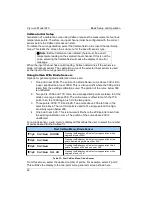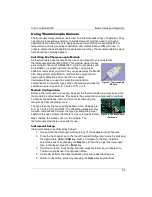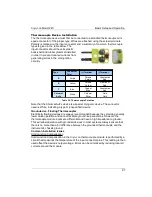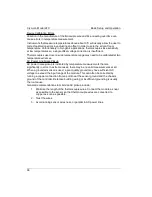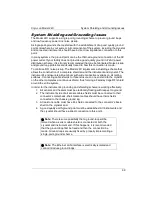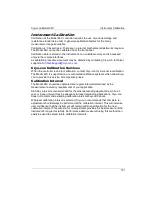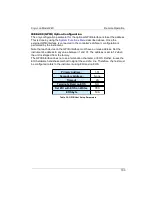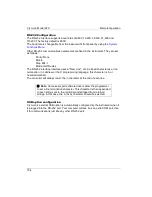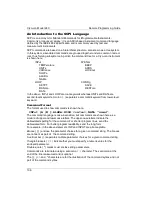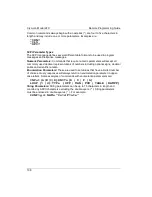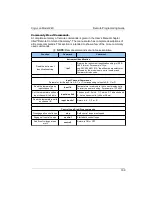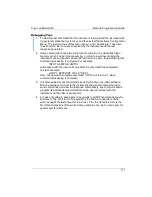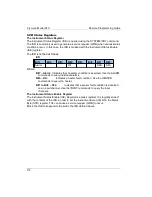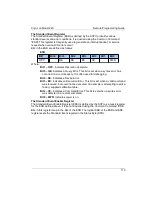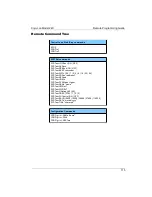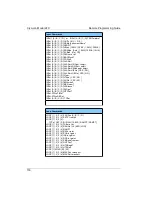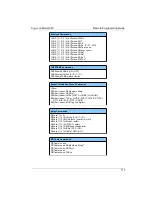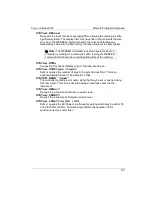
Cryo-con Model 24C
Remote Programming Guide
An Introduction to the SCPI Language
SCPI is an acronym for
S
tandard
C
ommands for
P
rogrammable
I
nstruments.
Commonly pronounced 'skippy', it is an ASCII-based instrument command language
defined by the IEEE-488.2 specification and is commonly used by test and
measurement instruments.
SCPI commands are based on a hierarchical structure, also known as a tree system.
In this system, associated commands are grouped together under a common node or
root, thus forming subsystems. A portion the command tree for a Cryo-con instrument
is shown here:
INPut
SYSTem
TEMPerature
BEEP
UNITs
ADRS
VARIance
LOCKout
SLOPe
ALARm
NAMe
LOOP
CONFig
SETPT
SAVE
RANGe
RESTore
RATe
In the above, INPut and LOOP are root keywords whereas UNITs and RATe are
second-level keywords. A
colon
( : ) separates a command keyword from lower-level
keyword.
Command Format
The format used to show commands is shown here:
INPut
{
A
|
B
}
:ALARm:HIGH <value>;NAMe "name";
The command language is case-insensitive, but commands are shown here as a
mixture of upper and lower case letters. The upper-case letters indicate the
abbreviated spelling for the command. For shorter program lines, send the
abbreviated form. For better program readability, send the long form.
For example, in the above statement, INP and INPUT are all acceptable.
Braces
( { } ) enclose the parameter choices for a given command string. The braces
are not sent as part of the command string.
A
vertical bar
( | ) separates multiple parameter choices for a given command string.
Triangle brackets
( < > ) indicate that you must specify a numeric value for the
enclosed parameter.
Double-quote ( " ) marks must enclose string parameters.
Commands are terminated using a semicolon ( ; ) character. The semicolon at the
end of the line is assumed and is optional.
The { }, |, <> and " characters are for the illustration of the command syntax and not
part of the command syntax.
106

